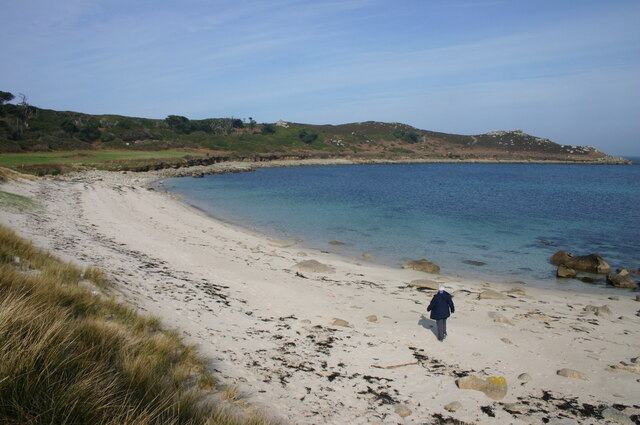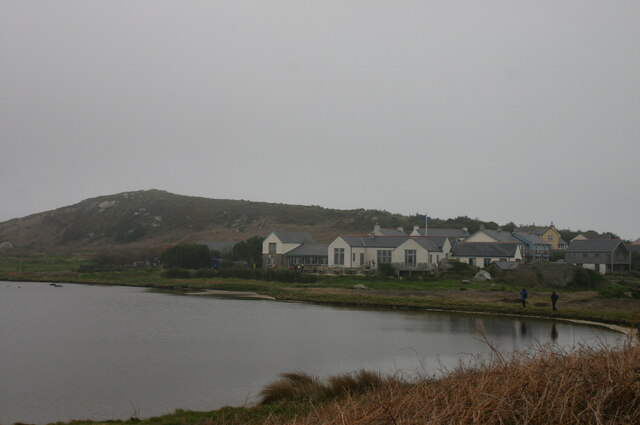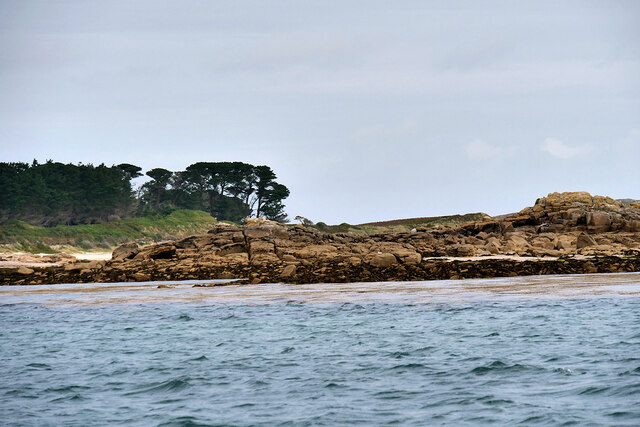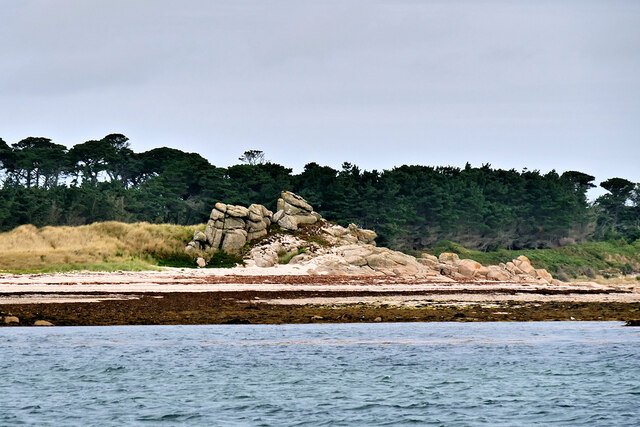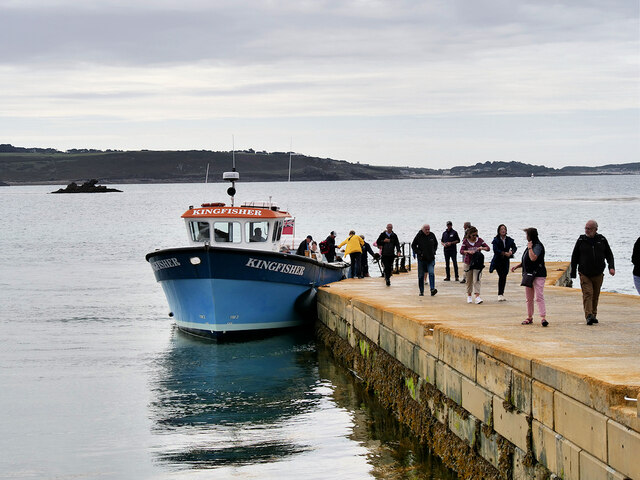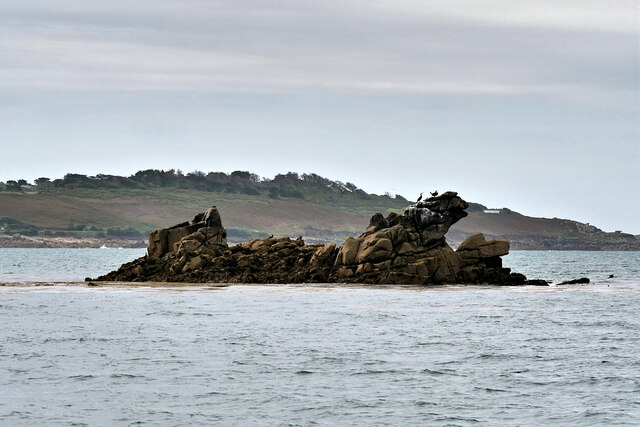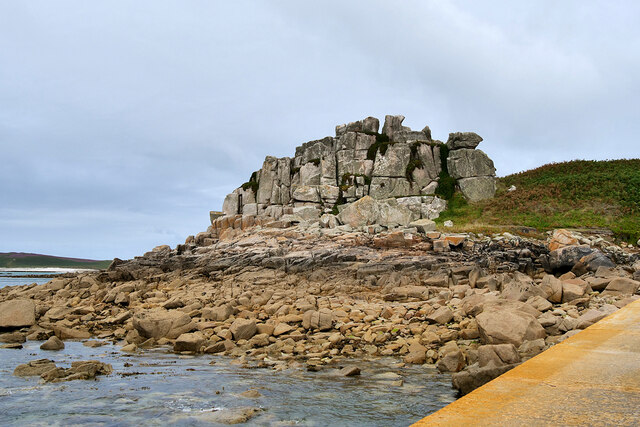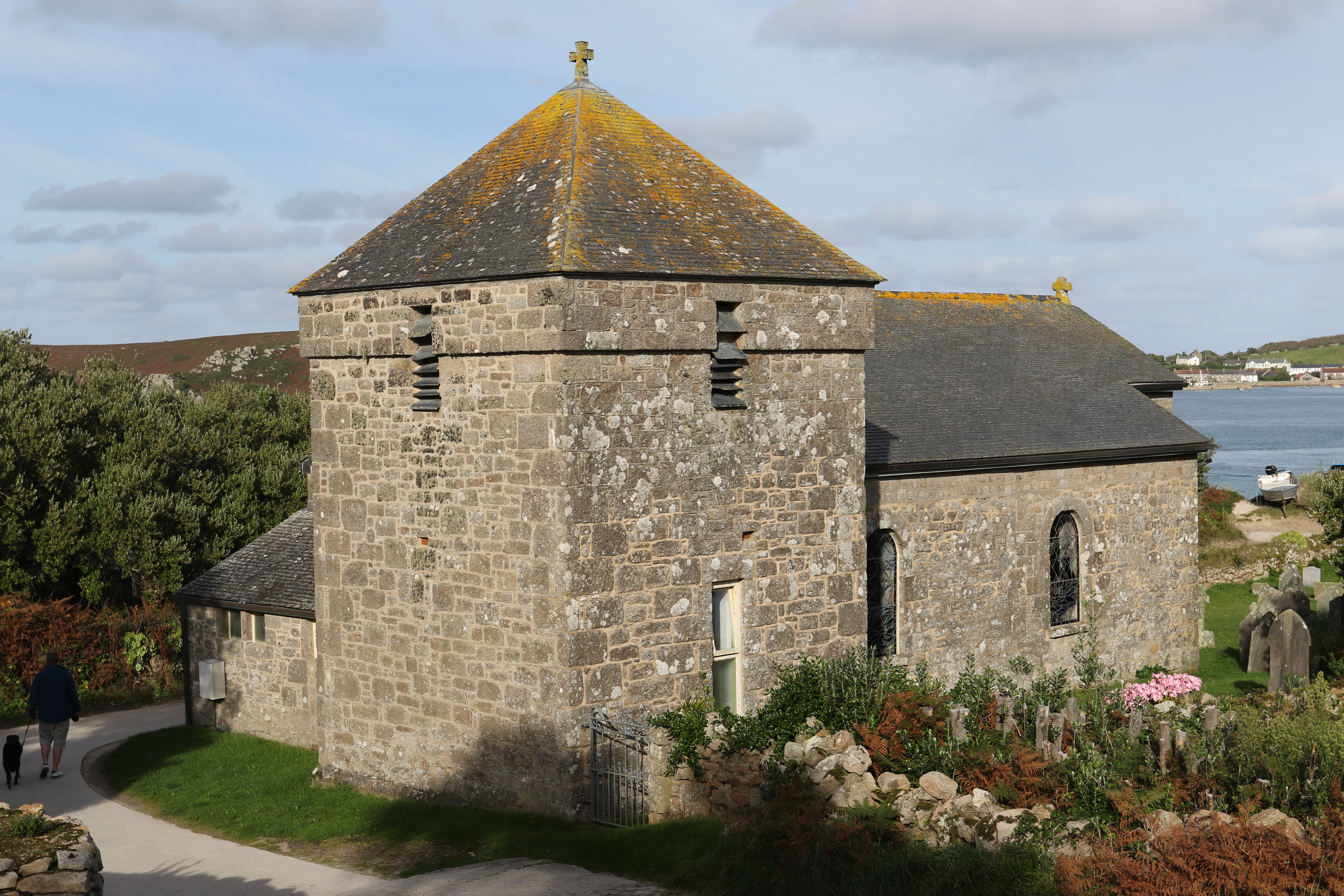Lubber's Rock
Coastal Feature, Headland, Point in Cornwall
England
Lubber's Rock

Lubber's Rock is a prominent coastal feature located on the southern coast of Cornwall, England. It is a picturesque headland that extends into the Atlantic Ocean, offering breathtaking views of the surrounding coastline and sea. The rock formation stands tall, forming a natural point that has become a popular attraction for locals and tourists alike.
Situated near the village of Polperro, Lubber's Rock is known for its rugged beauty and unique geological features. The headland is characterized by its towering cliffs, which have been shaped by the relentless action of the waves over centuries. The cliffs are composed of various rock types, including slate and granite, adding to the area's visual appeal.
Lubber's Rock is also home to diverse marine and birdlife, making it an ideal spot for nature enthusiasts. The surrounding waters are teeming with marine species, and visitors can often spot seals, dolphins, and various seabirds while enjoying the stunning coastal scenery.
The headland is easily accessible via a well-maintained coastal path that winds its way along the cliffs, providing a memorable hiking experience. Along the way, visitors can indulge in the breathtaking views and take advantage of numerous vantage points for photography.
Lubber's Rock is a must-visit destination for those seeking a tranquil escape, offering a serene and unspoiled coastal experience. Its natural beauty, combined with its rich biodiversity and captivating geology, make it a true gem of Cornwall's coastline.
If you have any feedback on the listing, please let us know in the comments section below.
Lubber's Rock Images
Images are sourced within 2km of 49.947205/-6.3455286 or Grid Reference SV8814. Thanks to Geograph Open Source API. All images are credited.










Lubber's Rock is located at Grid Ref: SV8814 (Lat: 49.947205, Lng: -6.3455286)
Division: Isles of Scilly
Unitary Authority: Isles of Scilly
Police Authority: Devon and Cornwall
What 3 Words
///flannel.encodes.dented. Near Bryher, Isles of Scilly
Nearby Locations
Related Wikis
All Saints' Church, Bryher
All Saints' Church is a Grade II listed parish church in the Church of England located in Bryher, Isles of Scilly. == History == Bryher is the most westerly...
RNAS Tresco
RNAS Tresco was a Royal Naval Air Service base on Tresco, the second largest island in the Isles of Scilly. From February 1917 to May 1919 aircraft patrolled...
Tresco Abbey Gardens
Tresco Abbey Gardens are located on the island of Tresco in the Isles of Scilly, United Kingdom. The 17 acre gardens were established by the nineteenth...
New Grimsby
New Grimsby (Cornish: Enysgrymm Nowyth) is a coastal settlement on the island of Tresco in the Isles of Scilly, England. It is located on the west side...
Nearby Amenities
Located within 500m of 49.947205,-6.3455286Have you been to Lubber's Rock?
Leave your review of Lubber's Rock below (or comments, questions and feedback).
